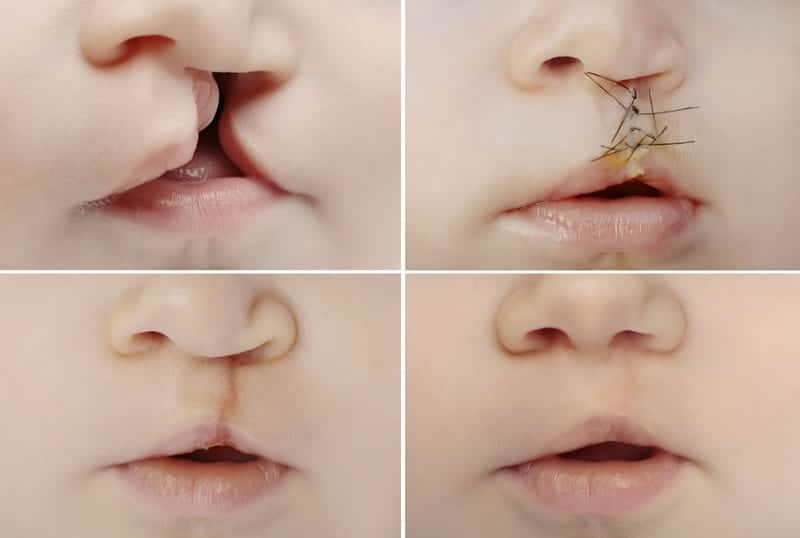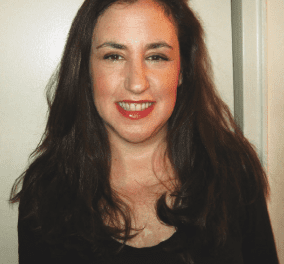Children born with cleft lip and cleft palate (CLP) commonly undergo multiple surgical procedures between infancy and adolescence. By the time they are teens, patients with CLP with more total surgeries do not have increased psychosocial problems.
However, an increased number of surgeries between 8 and 10 years of age may predict increased anxiety and depression in adolescence, reports a study in the July issue of Plastic and Reconstructive Surgery, the official medical journal of the American Society of Plastic Surgeons (ASPS).
“In conjunction with our previous work that identified the 8-to-10 age range as a critical at-risk time period for poor psychosocial functioning, we now find that teenagers who had more surgeries during that age range report worse long-term psychosocial functioning,” ASPS member surgeon Justine C. Lee, MD, PhD, from UCLA, and senior author of the study, comments in a media release.
Related Content:
When Your Child Has a Cleft Lip and Palate
Texas Infant Born with Cleft Lip Smiles for First Time After Life-Changing Surgery
Study Shines Light On Cleft Lip and Palate Genetic Factors
In the study, the researchers identified a group of 55 teens who had undergone surgery for CLP. They underwent multiple reconstructive surgeries to address their appearance, feeding, hearing, speech, and other functions.
The patients with CLP, along with a comparison group of 14 adolescents without CLP, completed standard assessments of anger, anxiety, and depressive symptoms. Relationships between these psychosocial outcomes and the number of surgeries was assessed. From age 0 to 14, the patients with CLP had an average of six procedures per patient.
Overall, there was no significant difference in psychosocial outcomes for teens with and without CLP. For all three psychosocial outcomes assessed – anger, anxiety, and depression – there was no significant association with total number of surgeries.
The study also looked at the impact of the number of surgeries by age group. More than half of all surgeries were done from birth to age 7 – most commonly procedures to close the cleft lip and/or palate. In older age groups, the most common surgeries were bone grafts to augment the bone under the gums (alveolar bone grafts), which must be done before the permanent teeth start to come in.
On this analysis, a greater number of surgeries between age 8 and 10 years was linked to higher scores for both anxiety and depressive symptoms. Higher scores for anger were also associated with increased anxiety and depression. In all other age groups, number of surgeries was unrelated to psychosocial outcomes, the release explains.
The total number of procedures does not appear to affect psychosocial outcomes in patients with CLP by the time they are teens, the results suggest.
“While these conclusions may be considered positively in that patients with CLP have not been negatively impacted by more surgery, the negative aspect is that they have not demonstrated any benefit by having more surgery, either,” they write.
The findings add to a previous study by Lee’s group, also published in Plastic and Reconstructive Surgery, which suggests that the 8- to 10-year age range is an “at-risk period for psychosocial distress in children with craniofacial anomalies,” including CLP.
“The significant association between multiple surgeries and psychosocial functioning suggests a need to develop strategies for modifying timing or consolidating procedures during that age range,” Lee and colleagues conclude, in the release.
[Source(s): Wolters Kluwer Health, EurekAlert]



